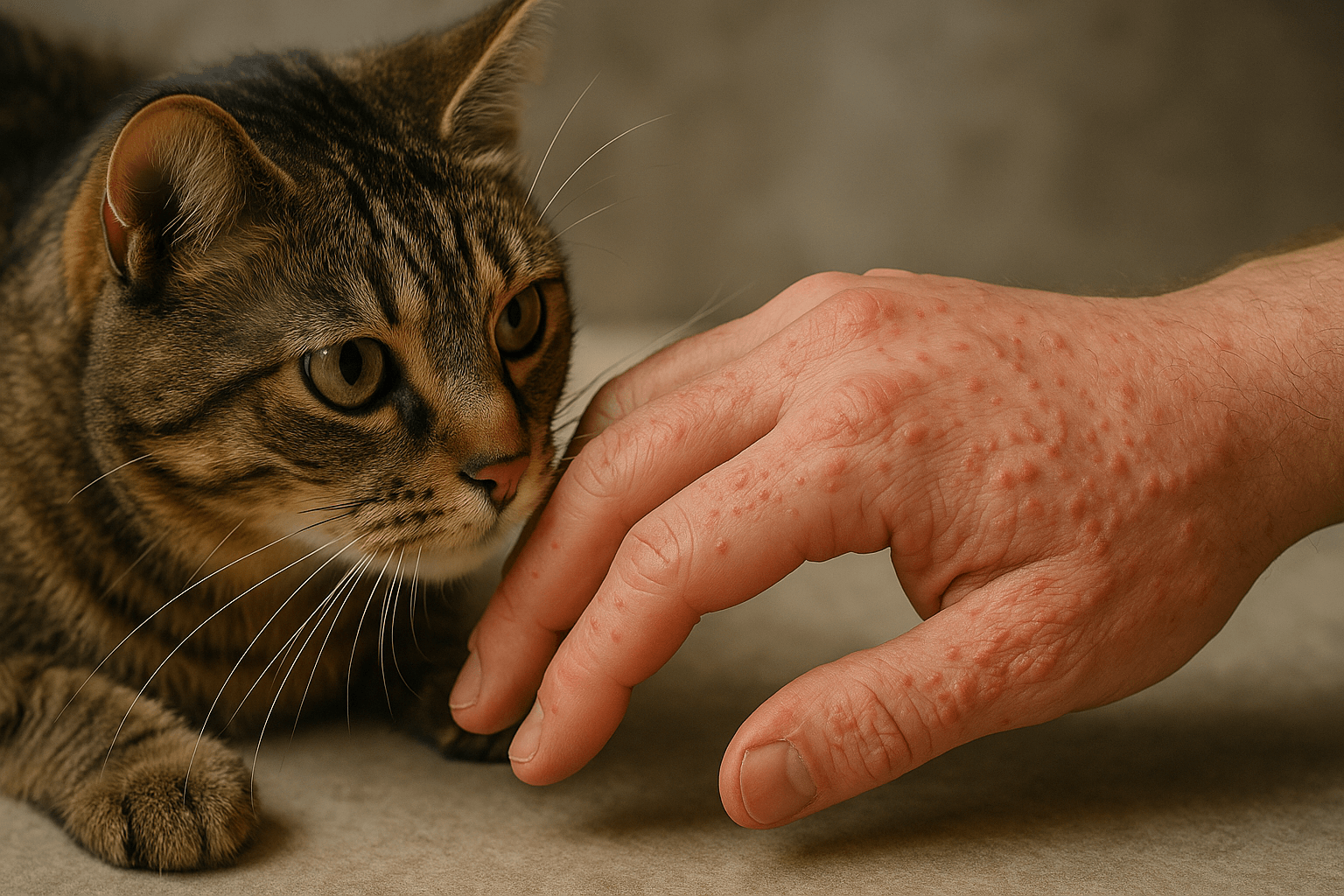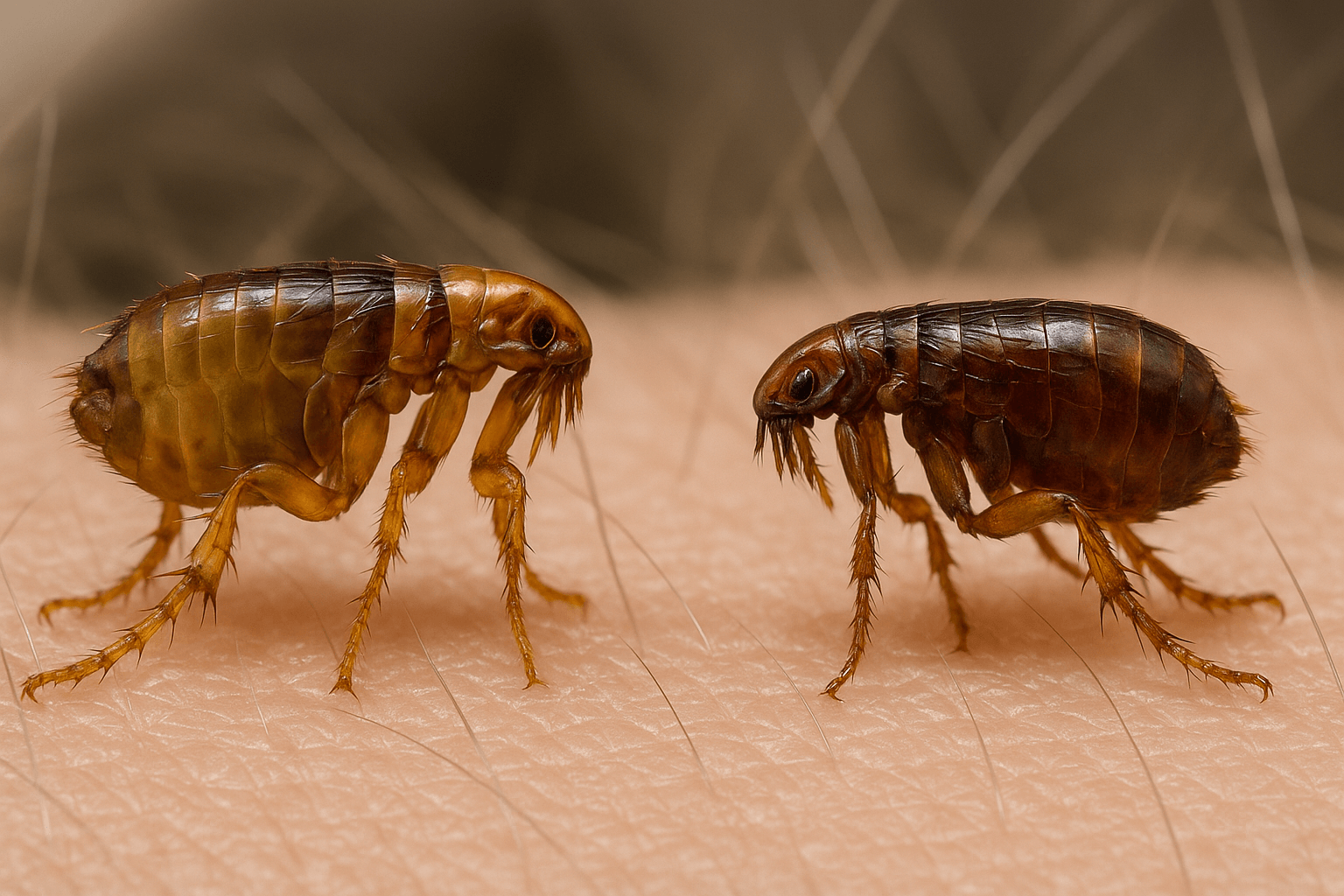Understanding Aspergillosis in Cats: A Comprehensive Guide
Aspergillosis in cats is a condition that might not be widely discussed, but it’s one that every cat owner should be aware of. This fungal infection, caused by the Aspergillus species, can affect cats in different ways, ranging from mild respiratory issues to severe systemic infections. While it’s relatively rare, aspergillosis can pose serious health risks if left untreated. In this blog post, we’ll explore what aspergillosis is, how it affects cats, and what you can do to protect your feline companion. Whether you’re a seasoned cat owner or simply curious about feline health, this guide will equip you with the knowledge you need to recognize and address this condition.
What Is Aspergillosis and How Does It Affect Cats?
Aspergillosis is a fungal infection caused by molds from the Aspergillus genus, which are commonly found in soil, decaying vegetation, and dust. While these fungi are widespread in the environment, they don’t always cause illness. However, when a cat’s immune system is compromised or exposed to high levels of spores, an infection can develop. Here’s a closer look at how aspergillosis manifests in cats:
Nasal Aspergillosis
This form primarily affects the nasal passages and sinuses, causing symptoms like sneezing, nasal discharge, and difficulty breathing.Systemic Aspergillosis
In rare cases, the infection can spread throughout the body, affecting organs like the lungs, liver, kidneys, or brain.Immune System Impact
Cats with weakened immune systems, such as those with chronic illnesses or stress, are more susceptible to severe infections.Environmental Exposure
Outdoor cats or those exposed to dusty environments are at higher risk of inhaling Aspergillus spores.Chronic vs. Acute Cases
Some cats experience chronic, long-term infections, while others may develop acute symptoms that require immediate attention.
Understanding these aspects of aspergillosis can help you identify potential risks and seek timely veterinary care for your cat.
Symptoms of Aspergillosis in Cats
Recognizing the symptoms of aspergillosis is crucial for early diagnosis and treatment. The signs can vary depending on whether the infection is localized or systemic. Here are some common symptoms to watch for:
Sneezing and Nasal Discharge
Frequent sneezing, often accompanied by thick or bloody nasal discharge, is a hallmark of nasal aspergillosis.Difficulty Breathing
Labored breathing or wheezing may indicate blockages or inflammation in the nasal passages or lungs.Lethargy
A noticeable decrease in energy levels can signal that your cat is unwell and may be fighting an infection.Loss of Appetite
Cats with aspergillosis may lose interest in food due to discomfort or systemic illness.Neurological Symptoms
In severe systemic cases, symptoms like seizures, disorientation, or weakness may occur if the infection reaches the brain.
If you notice any of these symptoms, consult your veterinarian promptly. Early intervention can make a significant difference in your cat’s recovery.
Check this guide 👉Understanding Cryptococcus in Cats: Best 7 Health Tips!
Check this guide 👉Understanding Mast Cell Tumors in Cats: Best 7 Expert Tips!
Check this guide 👉Understanding Lick Granuloma in Cats: Best 7 Expert Tips!

Types of Aspergillosis | Common Symptoms |
|---|---|
Nasal Aspergillosis | Sneezing, nasal discharge, facial pain |
Systemic Aspergillosis | Lethargy, weight loss, organ failure |
Chronic Infections | Persistent nasal issues, slow recovery |
Acute Infections | Sudden onset of severe symptoms |
Environmental Exposure | Outdoor cats at higher risk |
Diagnosis and Treatment Options for Aspergillosis
Diagnosing aspergillosis in cats requires a combination of clinical evaluation and diagnostic tests. Once diagnosed, treatment options can vary depending on the severity and type of infection. Here’s an overview of the process:
Physical Examination
The vet will examine your cat for visible signs, such as nasal swelling or discharge, and assess their overall health.Imaging Tests
X-rays or CT scans may be used to identify abnormalities in the nasal passages, lungs, or other affected areas.Laboratory Tests
Blood tests and fungal cultures can confirm the presence of Aspergillus and rule out other conditions.Antifungal Medications
Oral or topical antifungal drugs are often prescribed to treat localized infections, while systemic cases may require stronger medications.Surgical Intervention
In severe cases, surgery may be necessary to remove fungal masses or alleviate blockages in the nasal passages.
With proper diagnosis and treatment, many cats recover fully from aspergillosis. Always follow your veterinarian’s recommendations closely.
Preventing Aspergillosis in Cats
While it’s impossible to completely eliminate the risk of aspergillosis, there are steps you can take to reduce your cat’s exposure to Aspergillus spores and strengthen their immune system. Here are some preventive measures:
Limit Outdoor Time
Minimize your cat’s time outdoors, especially in dusty or moldy environments, to reduce exposure to fungal spores.Maintain a Clean Environment
Regularly clean your home, particularly areas where dust or mold can accumulate, to minimize spore exposure.Provide a Balanced Diet
A nutritious diet supports your cat’s immune system, making them less vulnerable to infections.Monitor Respiratory Health
Keep an eye on your cat’s breathing patterns and address any respiratory issues promptly.Reduce Stress
Stress can weaken the immune system, so create a calm and safe environment for your cat.
By taking these precautions, you can lower the risk of aspergillosis and ensure your cat stays healthy and happy.
Understanding the Role of the Immune System in Aspergillosis
A cat’s immune system plays a critical role in defending against fungal infections like aspergillosis. When the immune system is strong, it can often fight off Aspergillus spores before they take hold. However, certain factors can weaken their defenses, making them more vulnerable. Here are some key points about the immune system’s role:
Natural Defenses Against Fungi
Healthy cats have innate immune responses that help neutralize fungal spores before they cause harm.Impact of Chronic Illness
Conditions like diabetes or feline immunodeficiency virus (FIV) can impair immune function, increasing susceptibility to infections.Stress and Immune Suppression
High-stress environments or traumatic events can temporarily weaken a cat’s immune defenses.Age as a Factor
Kittens and senior cats are more prone to infections due to underdeveloped or declining immune systems.Boosting Immunity Through Nutrition
Diets rich in vitamins, antioxidants, and omega-3 fatty acids can strengthen a cat’s immune response.
By supporting your cat’s immune system, you can reduce their risk of aspergillosis and other infections. Prevention starts with maintaining their overall health and well-being.
Environmental Factors That Increase Aspergillosis Risk
Certain environmental conditions can heighten the likelihood of Aspergillus exposure and infection in cats. Understanding these factors can help you create a safer living space for your feline companion. Here’s what you need to know:
Dusty and Moldy Environments
Areas with high levels of dust or mold, such as basements or attics, can harbor Aspergillus spores.Outdoor Exposure
Cats that roam outdoors may encounter decaying vegetation or soil, which are common sources of fungal spores.Poor Ventilation Indoors
Homes with inadequate airflow can trap spores, increasing the risk of inhalation.Humid Climates
High humidity promotes mold growth, creating an ideal environment for Aspergillus to thrive.Construction or Renovation Sites
Dust from construction or home renovations can release fungal spores into the air.
By addressing these environmental risks, you can minimize your cat’s exposure to Aspergillus and protect them from potential infections. A clean, well-ventilated home is key to their safety.
Long-Term Care for Cats Recovering from Aspergillosis
Recovery from aspergillosis doesn’t end with treatment—it requires ongoing care and monitoring to ensure your cat remains healthy. Long-term management is especially important for systemic cases or cats with weakened immune systems. Here are some tips for post-treatment care:
Regular Vet Check-Ups
Schedule follow-up appointments to monitor your cat’s progress and detect any signs of recurrence early.Medication Adherence
Complete all prescribed antifungal treatments, even if symptoms improve, to prevent the infection from returning.Monitor Respiratory Health
Keep an eye on your cat’s breathing patterns and report any abnormalities to your vet immediately.Provide a Stress-Free Environment
A calm and stable home helps your cat recover fully by reducing stress-related immune suppression.Nutritional Support
Continue feeding a balanced diet rich in nutrients to support healing and maintain overall health.
With proper long-term care, your cat can enjoy a full recovery and return to their playful, energetic self. Your dedication during this phase ensures they remain happy and healthy for years to come.
Frequently Asked Questions About Aspergillosis in Cats
Is aspergillosis common in cats?
No, aspergillosis is relatively rare in cats, but it can occur, especially in those with weakened immune systems.
Can indoor cats get aspergillosis?
Yes, indoor cats can still be exposed to Aspergillus spores through dust or poorly ventilated spaces.
Is aspergillosis contagious to humans?
Aspergillosis is not directly contagious between cats and humans, but humans can contract similar infections from environmental exposure.
How long does treatment for aspergillosis last?
Treatment duration varies depending on the severity of the infection, but it can range from weeks to months.
Can aspergillosis be cured?
With proper treatment, many cats recover fully, though systemic cases may require ongoing management.
Protecting Your Feline Friend from Aspergillosis
Aspergillosis in cats may seem intimidating, but understanding its causes, symptoms, and treatment options empowers you to take proactive steps in safeguarding your pet’s health. By staying vigilant, maintaining a clean environment, and seeking prompt veterinary care when needed, you can minimize the risks associated with this condition. Remember, your cat relies on you to provide a safe and nurturing home. With love, care, and a little knowledge, you can ensure they lead a happy, healthy life free from the complications of aspergillosis.
Canned Pumpkin for Cat Diarrhea: Best 7 Expert Tips! Natural remedy to firm stools, soothe upset bellies, and support gut health safely.
Can a Cat Give You Scabies? Best 7 Expert Tips! Discover the truth about feline mites, human skin risks, and how to protect yourself—without panic.
Cat Flea vs Human Flea: Best 7 Expert Tips! Discover the truth about bites, species, and how to eliminate infestations for good.
Weird Cat Behaviors: Best 7 Expert Tips! Discover why cats do strange things—and how to understand, not punish, their instincts for a happier home.





